Alfred Bossom
825-827 East Main St
1913
The First National Bank was founded eight days after Lee’s surrender in Appomattox, when all Richmond banks’ charters had been revoked by the Federal Government. It merged with the National Exchange Bank and, after surviving the financial crisis of the 1890s, needed a new office building, for which Alfred Bossom was hired.
Bossom was an English architect responsible for stately banks and hotels across the nation, and was with the firm on Clinton and Russell when asked to design the building. Bossom’s other commissions in the city include the Monroe Terrace Apartments, the Prestwould Apartments, and the Mutual and Virginia Trust Buildings (in collaboration with Carneal and Johnson), adjacent to the First National Bank Building, forming a prominent early 20th Century financial core on Main Street.
Like the much of the rest of Bossom’s work, the First National Bank Building is proud neoclassicism with crisp detailing. The exterior exhibits clearly the three sections attributable to most neoclassicist works, especially taller ones: base, shaft, and capital; a symbolic continuation of the proportions found on the 50 foot tall fluted Corinthian columns at the foot of the bank. Neoclassicism was a common style of banks and other institutions who wanted to evoke the order and authority of great civilizations in history.
The structure can claim to be the first skyscraper in Richmond, and held the title of tallest building until it was surpassed by the Central National Bank Building 17 years later. Since its birth it has undergone a fair amount of change; the larger original cornice was replaced in the 1970s in an effort to modernize the structure’s appearance, and while the building avoided a transformation into condominiums in the 1980s, it was converted into apartments in late 2012. Under Commonwealth Architects, the building underwent a $30 million renovation. The renovation relied on historic tax credits, with key features of the building, like the marble detailing and ceiling vaults in the first floor former bank space, kept intact.
The new life of the building adds much-needed residences to the area, joining the nearby John Marshall as recently converted, high-profile historic apartments. It is encouraging to see the First National Bank Building, so iconic in Richmond’s past, assume an active and important role in the city’s contemporary downtown.
M.F.A.


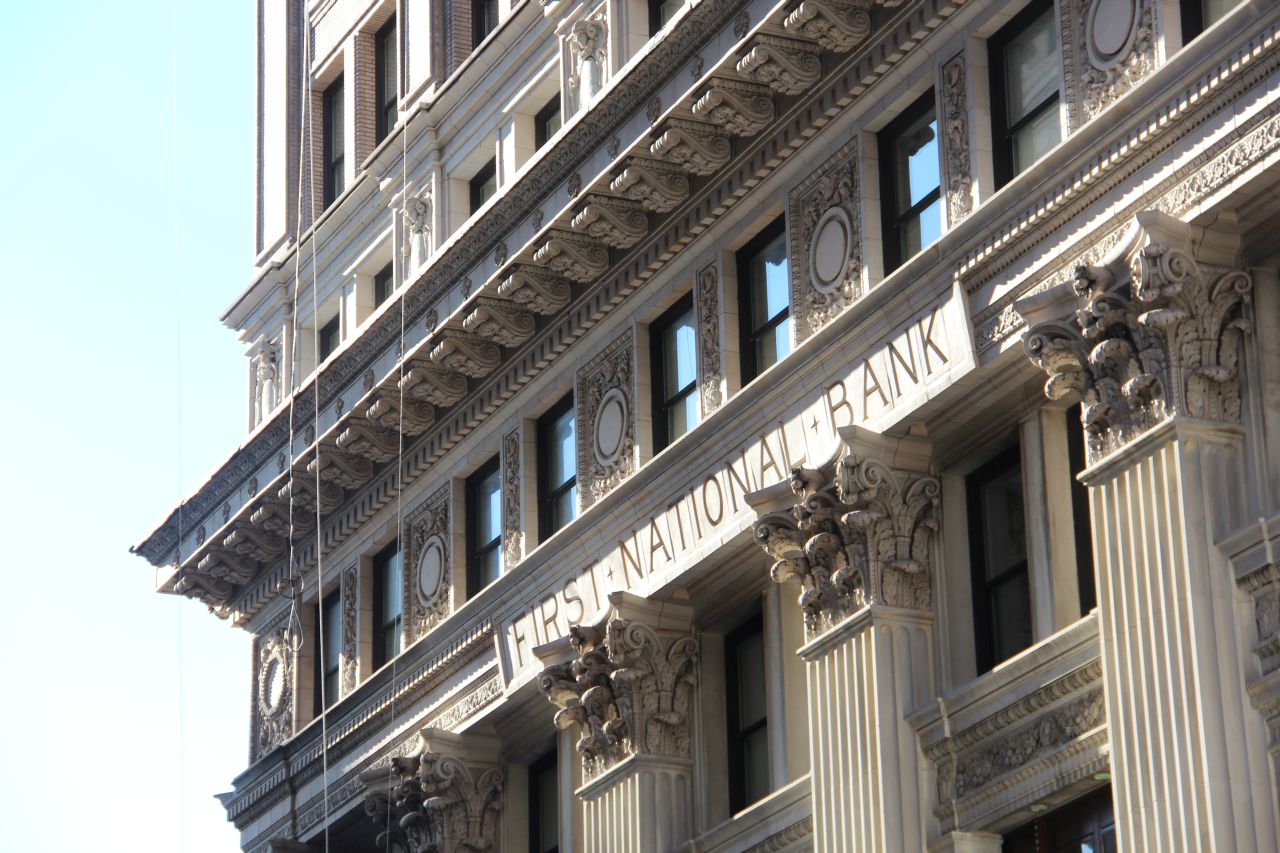
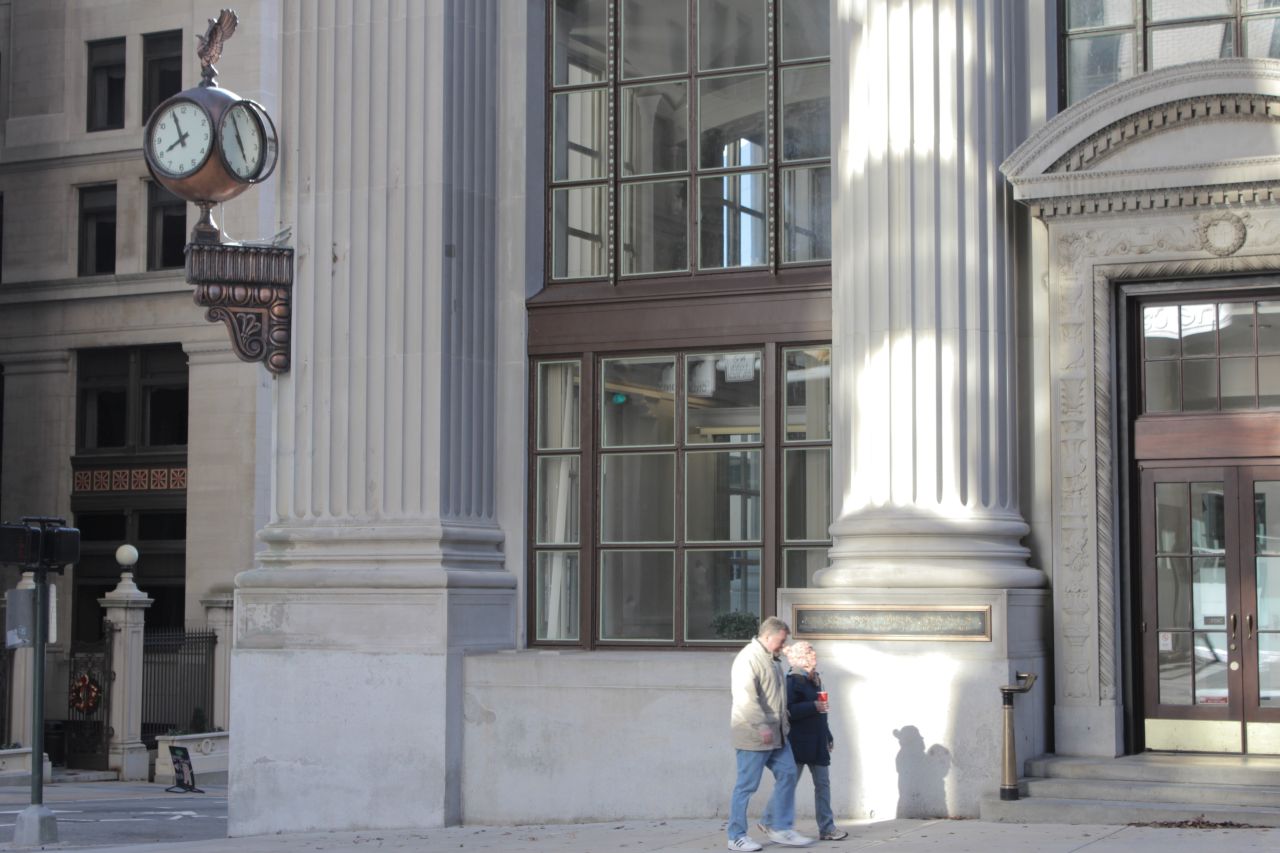

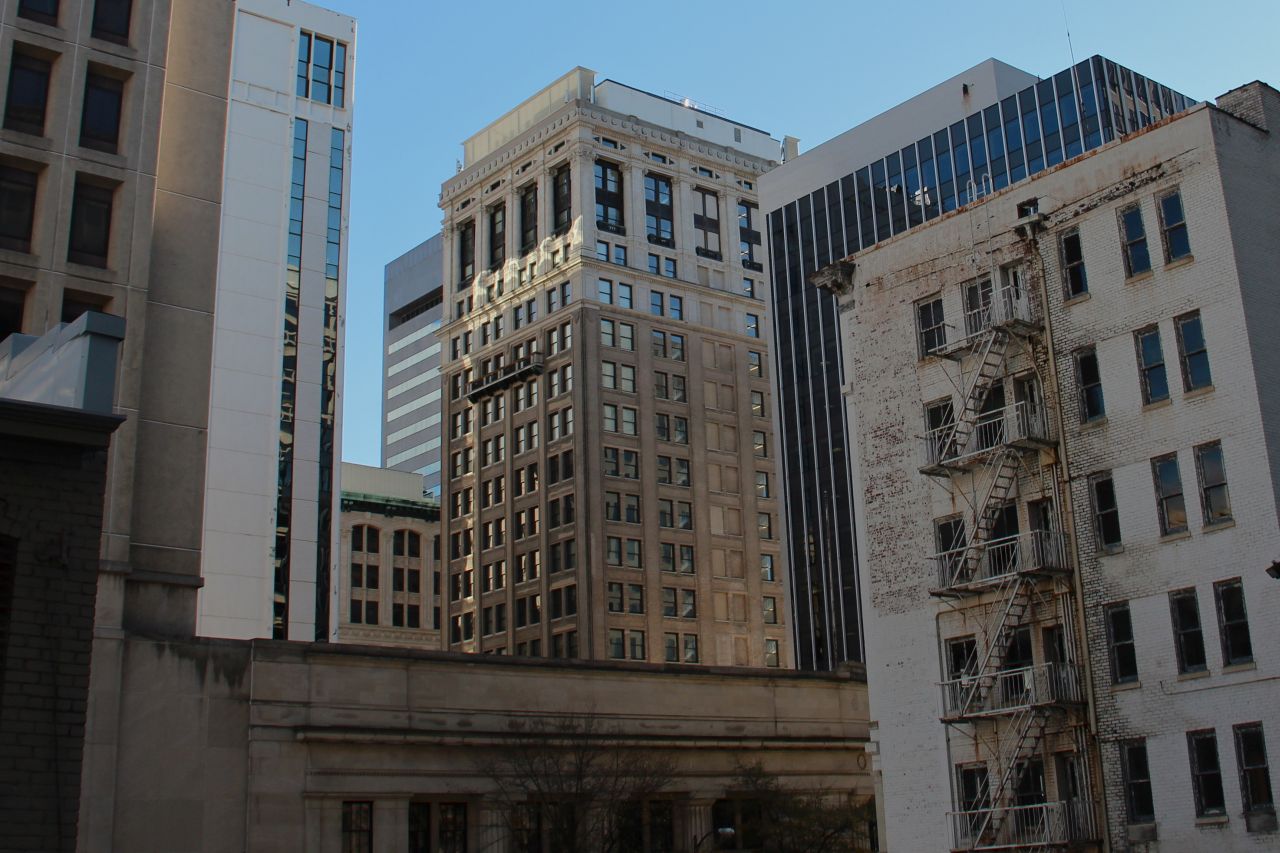

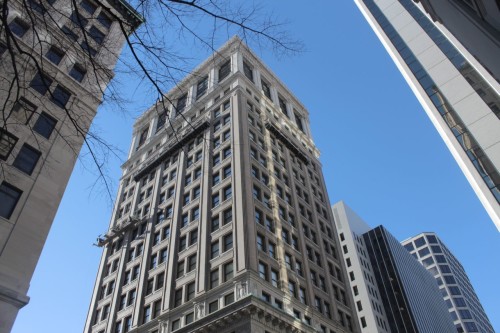

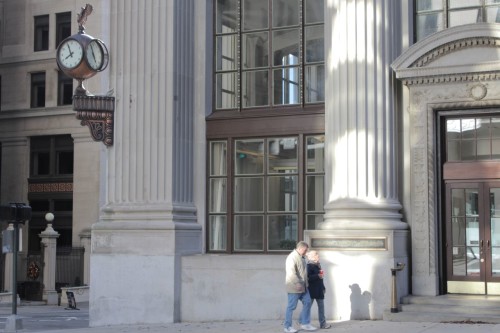

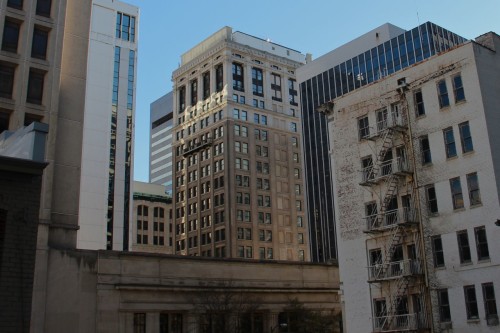

Write a Comment